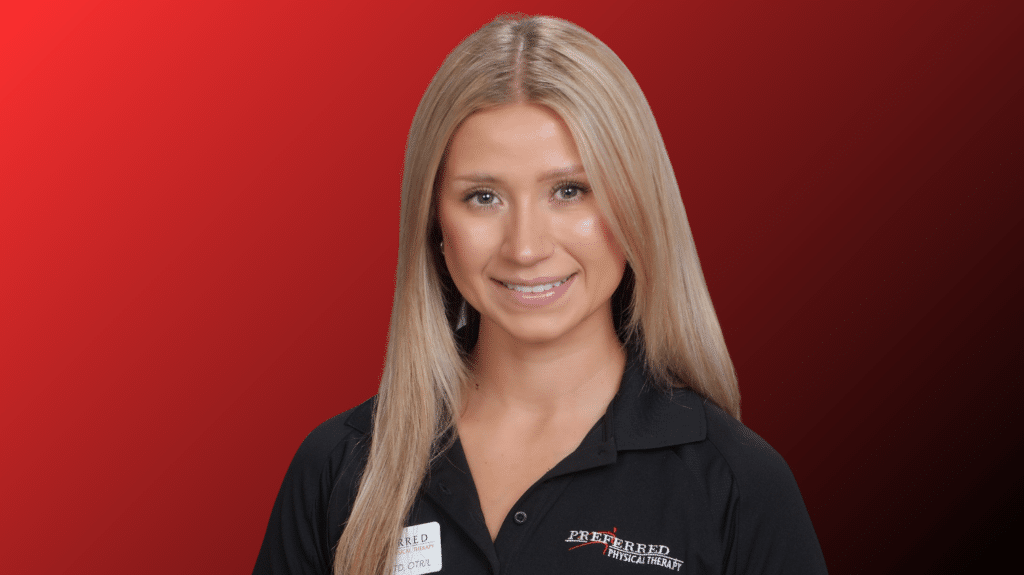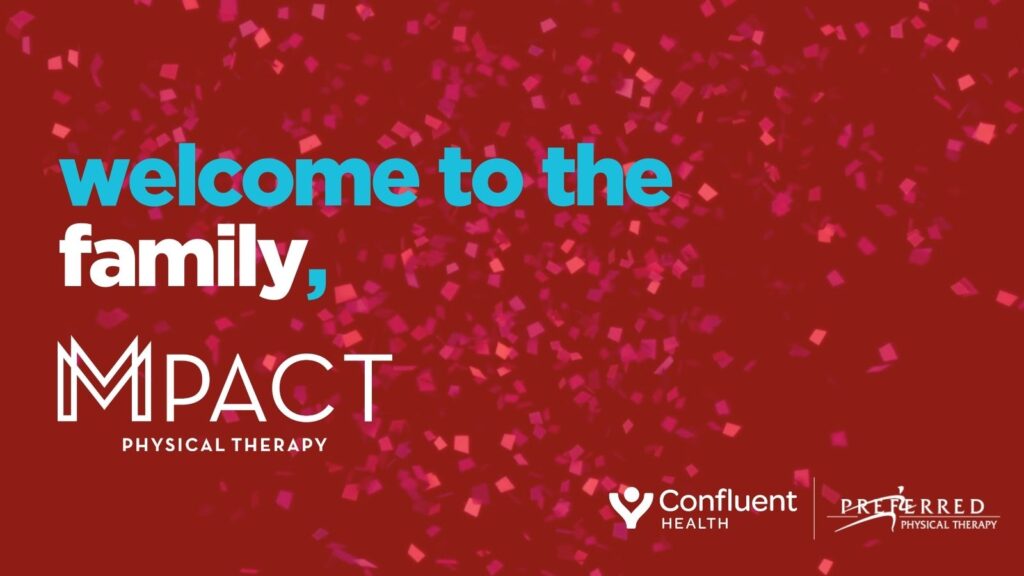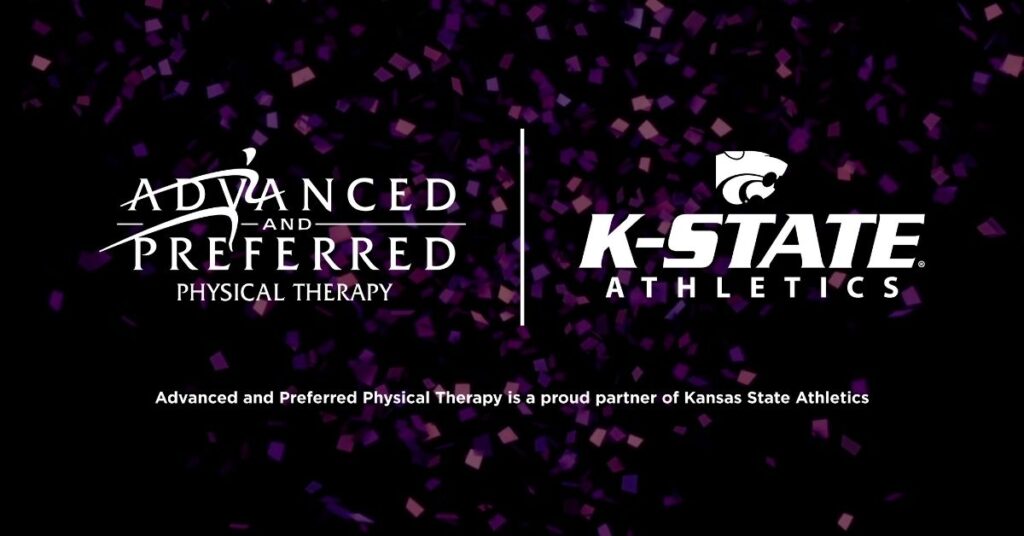What is spinal stenosis and how is it treated?
Spinal stenosis occurs most often in the low back and neck when degenerative changes happen at the discs and areas of the bones that make up the spine. This can additionally cause bone spurs, put pressure on the spinal cord and nerves that branch off this area due to narrowing of the spinal canal. Symptoms of stenosis can include numbness or tingling sensations down the legs or arms depending on the level of the spine affected such as cervical or lumbar areas, also pain or difficulty with walking or exercising, and weakness.
When spinal stenosis occurs, it can also be caused by spinal injury or bulging/ herniated discs. Whatever the cause, the mobility of the spine is reduced and therefore the natural curve of the spine is affected.
Stenosis tends to be a condition that gradually worsens with time and can reduce activity due to the progressive nature of symptoms. Because of this, many people with advancing stenosis find themselves unable to do normal daily activities and requiring more rests due to weakness and or pain. When muscle atrophy occurs due to this lack of activity and reduction in capabilities it can worsen the symptoms of stenosis as the muscles are strong supporters of bony structures and healthy joint motion.
How will physical therapy help?
First, with physical therapy, we assign several stretches to assist with tight muscles surrounding the spine and improving the mobility of the spine. Most, if not all exercises, will include some time of forward bending to re-establish motion in the spine as well as to help “open” the spinal canal and take pressure off the spinal cord and nerves. Additionally, there are activities that will glide the nerve along its pathway, and by putting tension on and taking tension off the nerve, we can help establish mobility and reduce restrictions that can help decrease neural tension that causes numbness/tingling.
Okay, but what about cervical stenosis?
Cervical stenosis can be a little bit trickier depending on the severity of symptoms.
Typically, we will start stretches for the upper trap and levator, scalene musculature along the neck. Additionally, we will look at postural muscles and posture itself. A forward head and forward slumped and rounded shoulders can contribute to pain, weakness, and numbness or tingling in the upper extremities.
Your Physical therapist will assign exercises to stretch the chest and strengthening for the mid and upper back to help re-establish a good balance between the front and back of the torso and to encourage good posture.
They may also assign nerve glides for the upper extremities if a radicular pain is traveling down the arms or hands.
What can my Doctor do to help?
Your Doctor can order imaging and provided a diagnosis of your condition, they can recommend or prescribe physical therapy or in moderate to severe cases may direct towards orthopedic surgery or specialist in Neurology. In some cases, prescription medications can be assigned for assisting with tight or cramping muscles, numbness or tingling/ nerve pain, pain in the neck or back. In some cases, steroid injections have been used although increasing evidence of weakened bones and connective tissues with repeated injections has more Doctors concerned about this practice.
Should I wear a back brace?
Back braces can be great for protecting the back during particularly heavy work or lifting for specific short-term scenarios. E.g. lifting a couch, taking heavy items up the stairs.
The issue that occurs with the use of back braces is that long-term use and wearing of these devices can weaken core musculature and cause atrophy that can further increase pain when the brace is not being worn. For example, say you wore a back brace for 8 hours a day, for that time none of the core muscles must work to support posture or engage to do daily activities. So, over a period of one month wearing the brace 8 hours a day, you are propagating 240 hours of muscles atrophying and core muscles becoming “lazy” at their job even though you have been working away at your own activities.
At the end of the day, what can you do?
Stretch, strengthen, and listen to your physical therapist. Keep doing the hard work and you will eventually prevail.
Content provided by Lauren Huffman, CPTA




